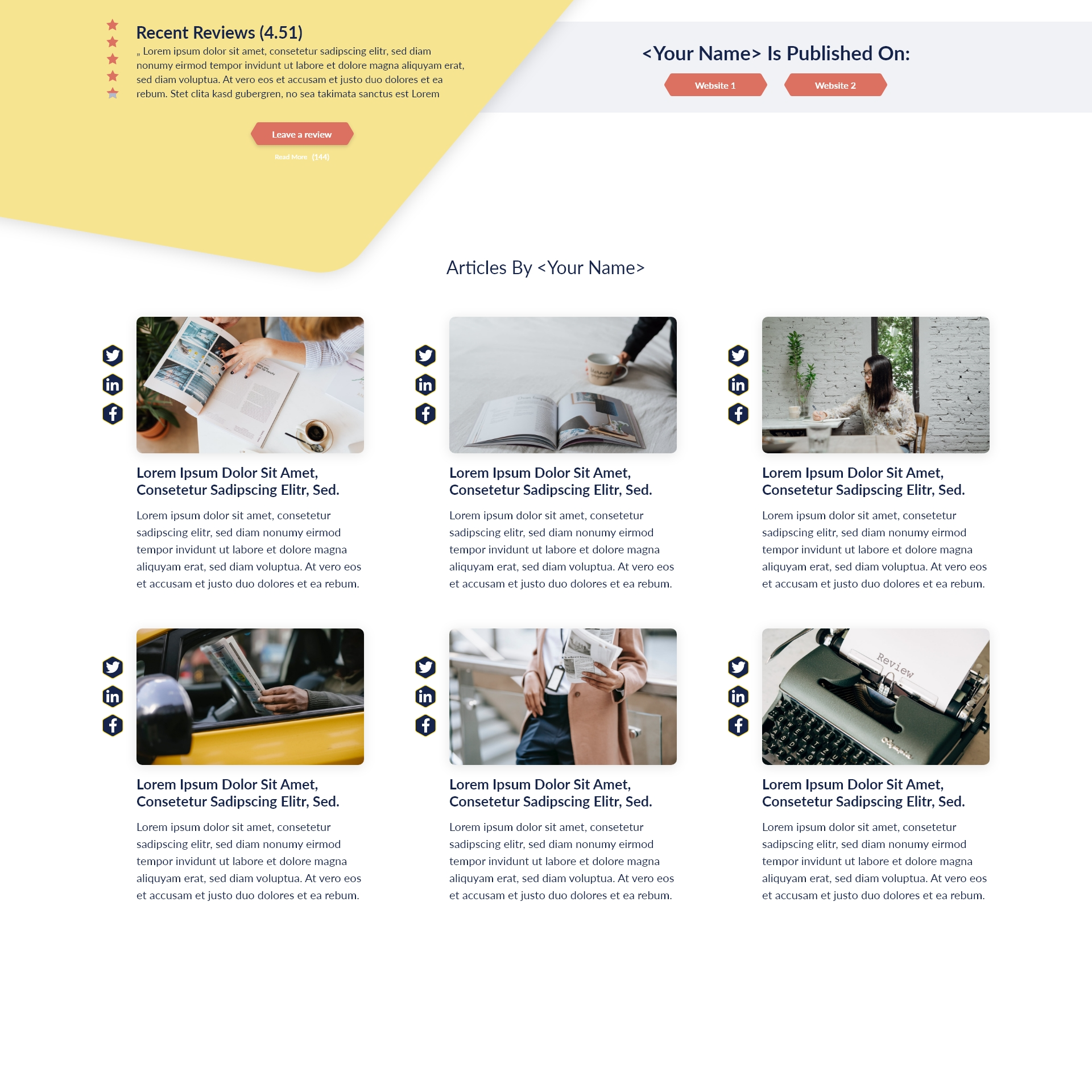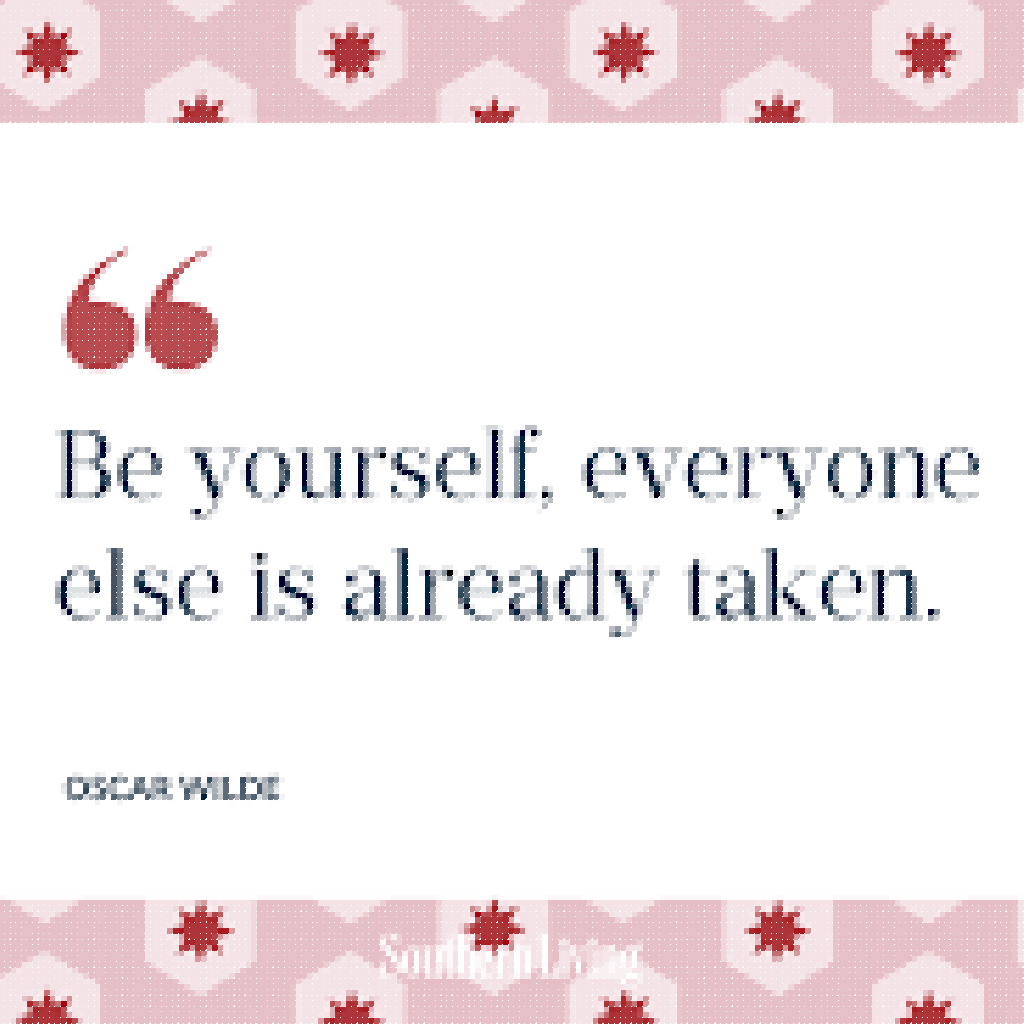Key Takeaways:
- Leadership challenges often involve navigating ethical dilemmas and workplace resistance with integrity.
- Ethical examples across industries show that transparency and alignment with values yield lasting organizational trust.
- Effective strategies include employing ethical decision-making frameworks, scenario-based ethics training, and continuous value-driven leadership development.
- Leaders can foster ethical cultures by aligning corporate values with actual practices, encouraging open dialogue, and integrating ethics into core processes.
- Ongoing reflection and commitment to organizational ethics support both profitability and social responsibility.
Introduction
In today’s dynamic organizational landscape, leaders encounter an array of challenges that demand both tactical savvy and a solid ethical foundation. Navigating workplace resistance, making decisions under pressure, and fostering a culture of trust require more than just managerial skills. Ethical leadership lies at the heart of effective organizational change—it influences decisions, shapes company culture, and ultimately determines an organization’s long-term reputation. By understanding the interplay between leadership challenges and organizational ethics, decision-makers can employ thoughtful strategies and leverage real-world examples to achieve ethical excellence.
Ethical Leadership Examples: Inspiring Models in Organizational Ethics
Case Studies of Effective Ethical Leaders
Some of the world’s most effective leaders have set examples through unwavering ethical stances during crises. For instance, when faced with a significant product recall, a leading automobile executive prioritized customer safety over profits, swiftly coordinating transparent communication and corrective action. Their honesty and responsibility not only salvaged public trust but also became a benchmark for crisis management.
Similarly, a healthcare CEO who implemented sensitive patient information protocols after a security breach demonstrated that addressing vulnerabilities directly is more conducive to rebuilding integrity than deflecting blame. These approaches show leaders can turn ethical challenges into opportunities for growth.
Lessons Learned from Notable Leadership Approaches
From these cases, leaders across sectors have learned the importance of swift, transparent action and principled stances. Ethical leadership fosters loyalty, reduces turnover, and establishes a culture in which ethical considerations are woven into daily operations. The willingness to admit mistakes and collaborate in finding solutions distinguishes respected leaders from those who prioritize optics over substance.
How Ethical Leadership Differs Across Industries
While all industries benefit from ethical leadership, nuances exist. In financial services, regulatory compliance and transparency are paramount. In healthcare, patient welfare takes precedence. Technology leaders face unique privacy and consumer rights challenges. Despite these differences, the core principle remains: aligning leadership decisions with organizational ethics establishes trust and averts reputational pitfalls.
Impact of Ethics on Leadership Decision-Making
How Ethical Principles Guide Leadership Choices
Ethical principles—such as honesty, justice, and respect—act as vital compasses for leaders. When making complex decisions, these principles guide leaders to weigh the impact on all stakeholders, rather than focusing solely on immediate personal or organizational benefit. Ethical leaders consider both the intent behind and the consequences of their actions.
Decision-Making Frameworks for Ethical Challenges
Leaders can utilize established frameworks like the “Four-Way Test” (focusing on truthfulness, fairness, goodwill, and mutual benefit) or the “PLUS Model” (Policies, Legal, Universal values, Self). These frameworks encourage consistent evaluation of decisions and help leaders navigate ethical gray zones with clarity.
Balancing Profitability and Moral Responsibilities
Profit-driven demands do not have to conflict with ethical leadership. Effective leaders recognize that long-term trust, sustainability, and team morale often result in greater value than short-term gains. By openly integrating ethical considerations into goal-setting and performance metrics, organizations can achieve both sustainable profitability and social responsibility.
Navigating Ethical Dilemmas in Management
Common Ethical Dilemmas Leaders Face
Leaders regularly encounter dilemmas such as allocating limited resources, handling confidential information, recognizing employee contributions, or confronting workplace discrimination. These situations demand tough choices where competing values may collide.
Tools for Evaluating Competing Values
Critical thinking tools—such as “Stakeholder Analysis” and “Ethical Impact Assessments”—empower leaders to identify who will be affected by a decision and evaluate possible outcomes. Regularly consulting codes of conduct and seeking input from diverse perspectives also support well-rounded evaluations.
Implementing Ethical Frameworks in Leadership Roles
Consistency is key to successfully implementing ethical frameworks. Leaders should model ethical behavior, clearly communicate expectations, and create feedback channels where ethical concerns are safely raised. Periodic reviews of decision-making processes ensure frameworks keep pace with evolving challenges.
Best Practices for Ethics Training for Leaders
Role-Playing and Scenario-Based Learning
Experiential learning—role-playing, simulations, and scenario-based workshops—builds leaders’ confidence in handling real-life ethical situations. These methods foster empathy by challenging participants to view scenarios from multiple stakeholder perspectives and practice ethical responses before actual high-stake events arise.
Measuring the Effectiveness of Ethics Programs
Ethics training is only as valuable as its impact. Organizations should track improvements in workplace culture, reductions in incidents, and feedback from employees to gauge progress. Metrics like whistleblower case resolution time and employee perception surveys provide actionable insights for refining training programs.
Integrating Ethics into Ongoing Leadership Development
Embedding ethics into leadership development ensures that core values evolve alongside organizational growth. This may involve regular ethics briefings, peer discussions, and ongoing mentorship. When ethical considerations become routine, leaders are more likely to prioritize them even under pressure.
The Role of Values in Shaping Organizational Culture
Aligning Corporate Values With Ethical Standards
An organization’s stated values must resonate with ethical standards in practice. Leaders play a pivotal role in bridging any disconnect between ideals and actions, championing consistency in policies, procedures, and communications.
Fostering Ethical Organizational Behavior Through Core Values
Cultural transformation begins with visible, value-driven leadership. By modeling desired behaviors—such as inclusivity, accountability, and open dialogue—leaders inspire similar conduct throughout the organization. Recognition programs and transparent promotion criteria that reward ethical actions reinforce these standards.
Evaluating the Role of Transparency in Leadership Practices
Transparency cements trust, especially in times of uncertainty. Leaders who communicate openly about decision rationales and accept accountability for outcomes empower their teams to do the same. A transparent leadership style encourages ethical behavior by setting clear expectations and reducing ambiguity.
Next Step
Federal employees are positioned to set a gold standard in ethical leadership. By fostering dialogue, requesting training opportunities, and advocating for transparent practices, leaders and aspiring leaders can cultivate workplaces where values and ethics drive every decision. Take an active role in promoting best practices and build a legacy of integrity for your organization.








